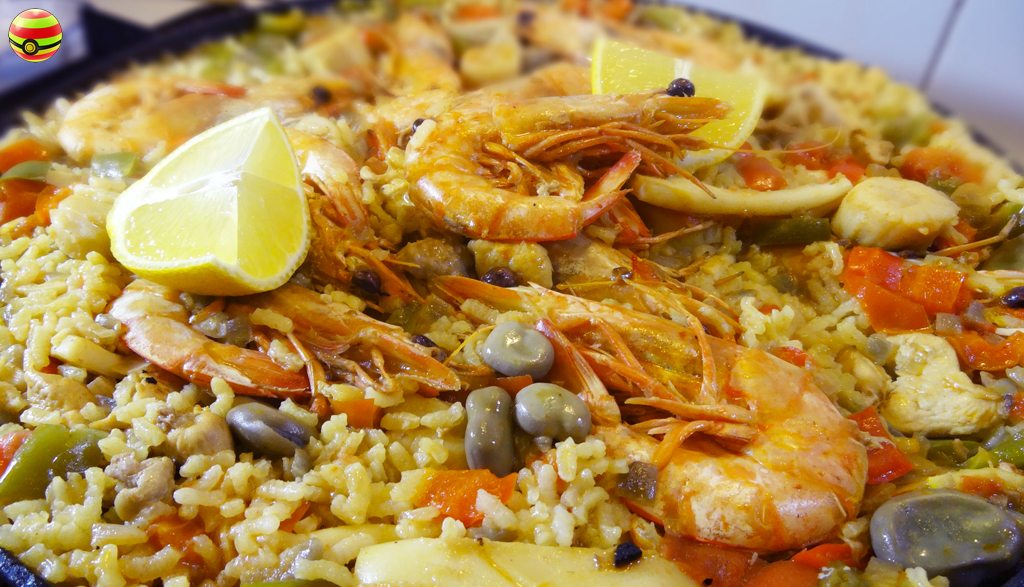Originally written as part of the World Cup 2014 cooking project.
Football:
Finally, we reach number 1 in the World Cup countdown and instead of talking about Spain in the semi-finals, something its ranking would have made most of us predict, I am trying to remember them actually being in the World Cup elimination was so far back. It’s incredible to think that the lowest (Australia) and highest ranked teams were the first to be eliminated from the competition. As the current holders of the World Cup and Euros, a lot was expected of Spain. Maybe a little bit of complacency set in and also because Barcelona and Real Madrid -where many players ply their trade – had very long seasons players’ tiredness may have contributed to their below par performance.
A couple of days ago I talked about the Portuguese player Eusébio. Today I am going to mention another incredible player from the past, an Argentinian-born striker that was the heart of a great Real Madrid team, and an international for Spain. His name was Alfredo Di Stefano and he passed away on Saturday at the age of 88. Alfredo was nicknamed ‘La Saeta Rubia’ – the blond arrow – and his goal scoring record for Real Madrid was phenomenal with 307 goals during an 11-season period; a period when Real Madrid dominated the European game. He had great skill and presence on the field and even recently was quoted as saying that Zinedine Zidane was the modern-day player most like him in his prime.
He actually never got to play at a World Cup but did play for three international teams; Columbia (which FIFA never recognised), Argentina and Spain (once his Spanish citizenship had come through). He was revered throughout the footballing world and in the words of Brasil legend Pele:
He was a trailblazer, and most of all, he was a legend of the game. God rest his soul.
Dish:
Tortilla da patatas or potato omelette was going to be the final dish of this magical World Cup food project. However, a last minute rethink suggested that I throw off the shackles of caution and go for something big, something luxuriant and something so synonymously Spanish that one can almost be forgiven in thinking that it preceded the creation of the country; of course it is paella. And just like how I started this World Cup food countdown with the controversial selection of Pavlova for Australia (ask a Kiwi where it originated) I know that my paella will ruffle some feathers amongst the purists and aficionados.
In researching paella I have seen so many aggressive arguments in forums and recipe websites slamming anybody that dare call a version of paella true paella. You should have seen it go off when someone suggested adding chorizo to paella. I think that taking tradition as an absolute can hold back the evolution of food. What gets me is that even a traditional dish came from somewhere, usually from the evolution of eating practices at the time. I am happy to call a dish a traditional one, or an evolution of a traditional one, if there are components within that dish that others can identify as congruous with that original dish. I think the magic in traditional food is the story of how it came to be.
My paella is a paella, but it may or may not (even I am not quite sure) fit in with a purist’s definition. But alas, I cook food for pleasure and nutrition and so whether it is or isn’t doesn’t matter that much to me. What does matter is that as I bring this World Cup project to an end I can strut forth and declare this dish for Spain as one big knees-up celebration of its cuisine and what has been so far an incredibly exhilarating FIFA World Cup.



